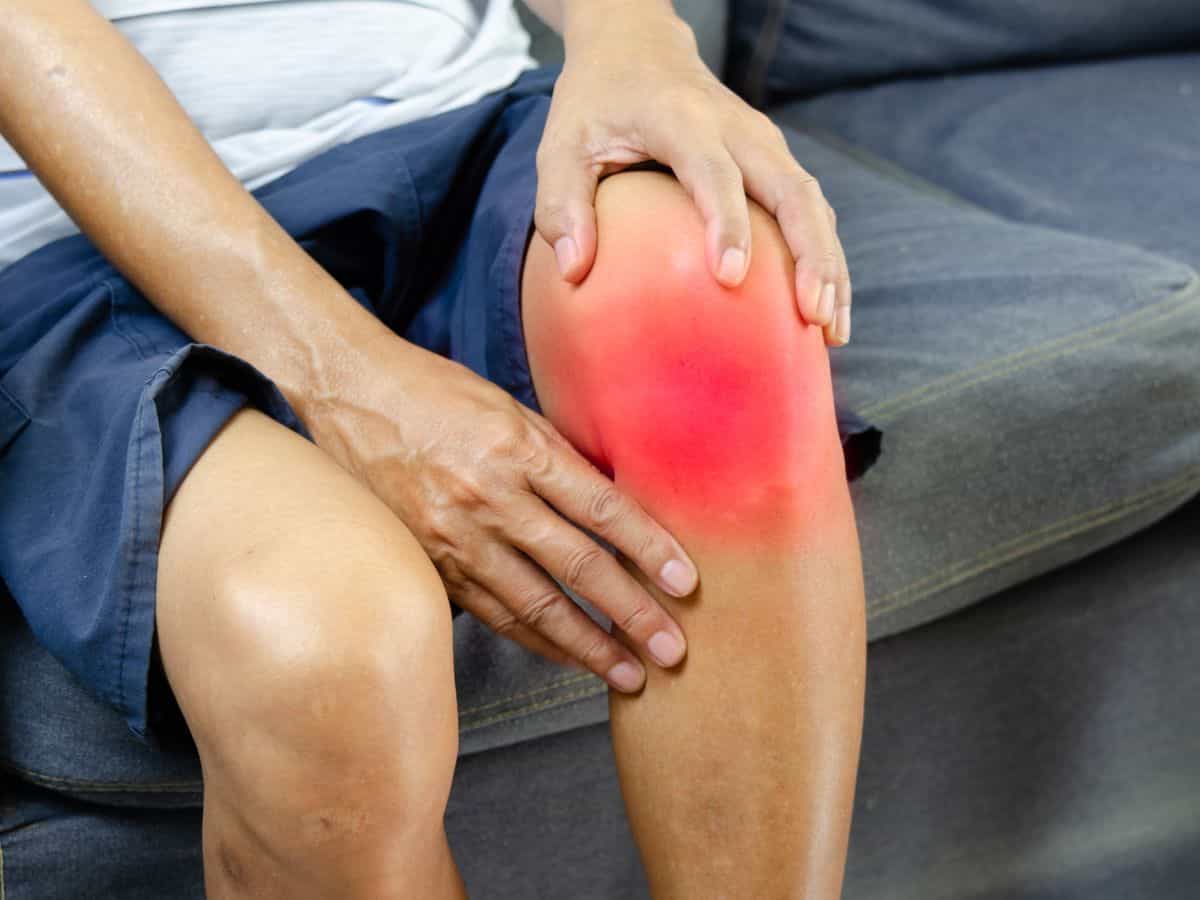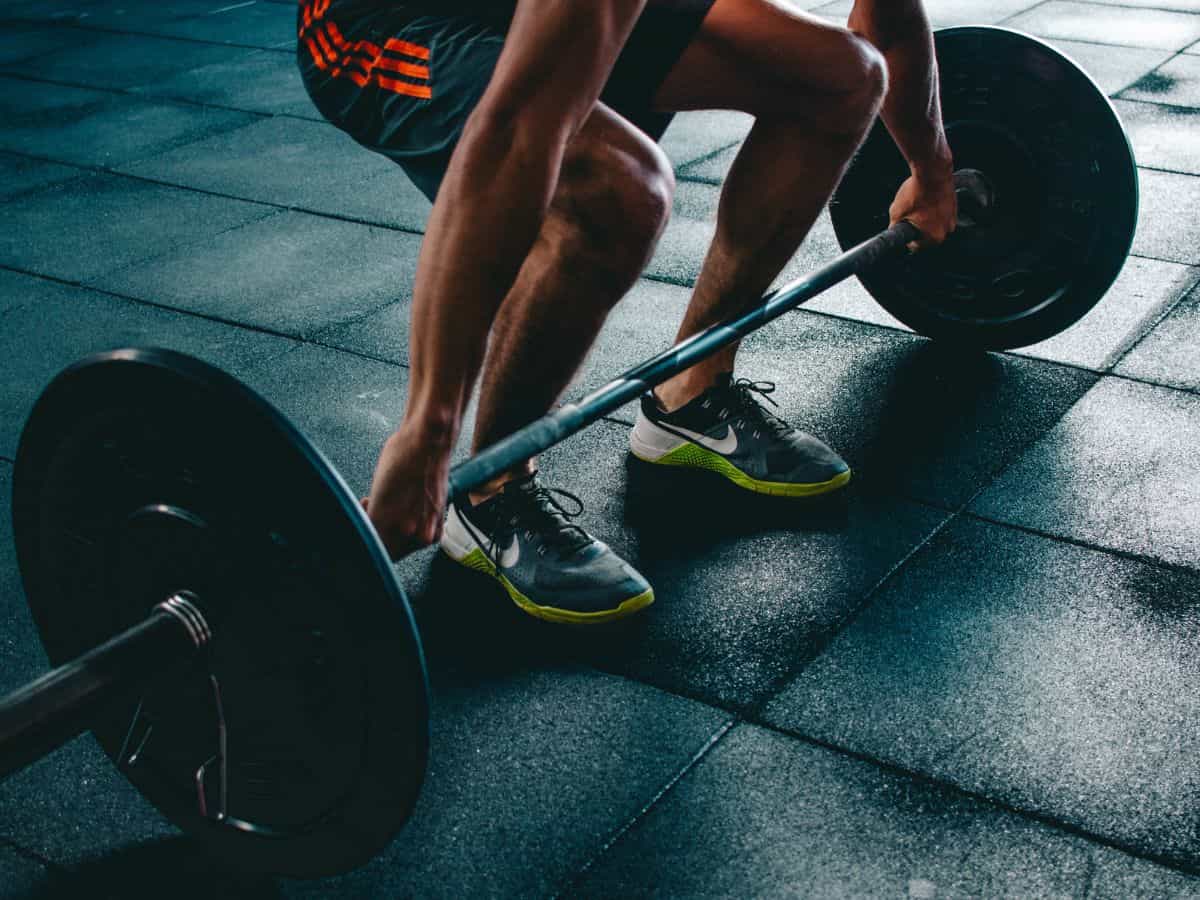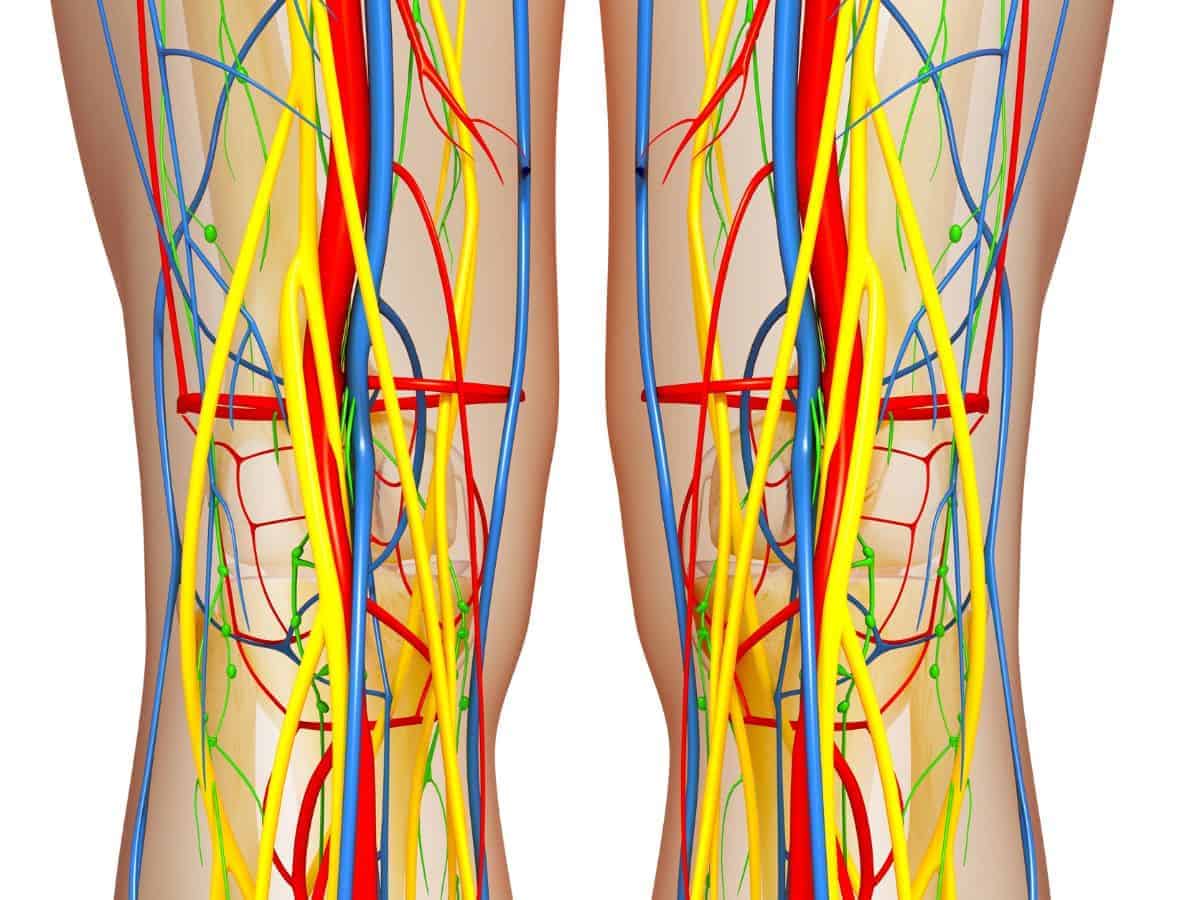
Muscle injuries: Degrees and treatment

What are muscle injuries and tears?
In general, muscle injuries are quite frequent injuries in sports practice, when performed without adequate advice. However, they are pathologies of lesser importance compared to osteoarticular injuries, which is why they have always received less attention. Muscle injury is caused by the forced contraction or elongation of the muscle, which causes muscle fibers to break. Depending on its intensity and degree, we can speak of simple stiffness to complete muscle rupture. Characteristic features of muscle injury. According to Dr. Fernandez, an orthopedic surgeon at the CEMTRO Clinic, it is essential to know three factors in order to understand and treat a muscle injury: the injured muscle, the area of the muscle affected and the degree of injury. Let’s look at it in detail:- Injured muscle: the most frequently injured muscles are the biarticular muscles (muscles that join and mobilize two joints): triceps suralis, calf and soleus; hamstring muscles (known as hamstrings); quadriceps; biceps brachii. The adductor muscle, although it only involves one joint, is also a frequently injured muscle, especially in soccer players. We will elaborate on this in the next blog entry.
- Location: It is also important to know the location of the muscle damage because its recovery and prognosis depend on it. The injury may occur at the level of the:
- Muscular belly. It is the area with the greatest muscular thickness
- Myofascial junction. This is the junctional area between two muscles, or between several muscle bundles, where hematomas and fibrosis often form after ruptures.
- Myotendinous junction. The transition zone between muscle and tendon, where muscle injury most frequently occurs.
- Grade 0. Structural damage of the muscle fiber occurs, producing edema in the area but no hematoma. Colloquially it corresponds to the so-called stiffness, cramps, contractures and overloads. The recovery time is a few days and does not require specific treatment.
- Grade 1. Small fiber rupture, with minimal bruising. It is usually called «micro-fibrillar rupture», and recovers in 1-2 weeks.
- Grade 2. It is the typical muscle fiber rupture that is accompanied by a hematoma and immediate functional impotence after the injury. Recovery takes 3-4 weeks.
- Grade 3. It is the complete rupture of the muscle in its muscle belly or in the myotendinous area. The recovery time is never less than 6-8 weeks.
Treatment of muscle injury.
The treatment will depend on the classification of the injury according to the factors mentioned above. In general, we can affirm that for a good treatment it is essential to respect the biological healing times, that is to say, to go hand in hand with the mechanisms of our organism in the healing of the injury. A good physiotherapy treatment and a good readaptation of the sporting gesture will facilitate the success of the treatment and will avoid the so feared relapses of the muscular injuries. Occasionally, in grade 3 muscle injuries, i.e., complete muscle ruptures, or in tendon disinsertions of injured muscles, surgical treatment may be necessary. Source @clinicaCEMTRO
Other related articles

